Scheck Florian - Classical Field Theory: On Electrodynamics, Non-Abelian Gauge Theories and Gravitation
Here you can read online Scheck Florian - Classical Field Theory: On Electrodynamics, Non-Abelian Gauge Theories and Gravitation full text of the book (entire story) in english for free. Download pdf and epub, get meaning, cover and reviews about this ebook. year: 2018, publisher: Springer, genre: Children. Description of the work, (preface) as well as reviews are available. Best literature library LitArk.com created for fans of good reading and offers a wide selection of genres:
Romance novel
Science fiction
Adventure
Detective
Science
History
Home and family
Prose
Art
Politics
Computer
Non-fiction
Religion
Business
Children
Humor
Choose a favorite category and find really read worthwhile books. Enjoy immersion in the world of imagination, feel the emotions of the characters or learn something new for yourself, make an fascinating discovery.
- Book:Classical Field Theory: On Electrodynamics, Non-Abelian Gauge Theories and Gravitation
- Author:
- Publisher:Springer
- Genre:
- Year:2018
- Rating:4 / 5
- Favourites:Add to favourites
- Your mark:
Classical Field Theory: On Electrodynamics, Non-Abelian Gauge Theories and Gravitation: summary, description and annotation
We offer to read an annotation, description, summary or preface (depends on what the author of the book "Classical Field Theory: On Electrodynamics, Non-Abelian Gauge Theories and Gravitation" wrote himself). If you haven't found the necessary information about the book — write in the comments, we will try to find it.
Scheck Florian: author's other books
Who wrote Classical Field Theory: On Electrodynamics, Non-Abelian Gauge Theories and Gravitation? Find out the surname, the name of the author of the book and a list of all author's works by series.

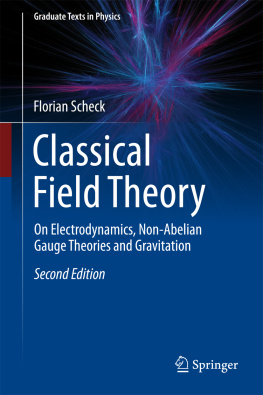
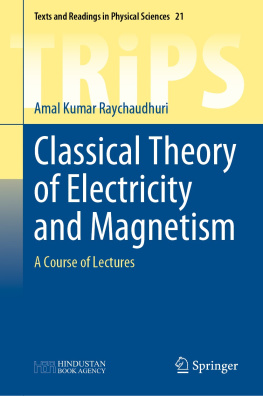
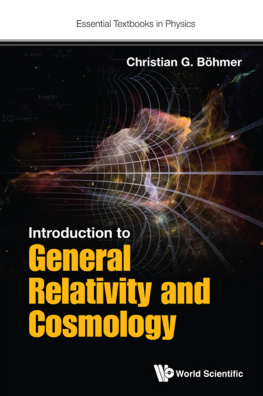
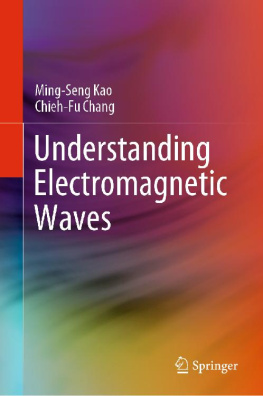

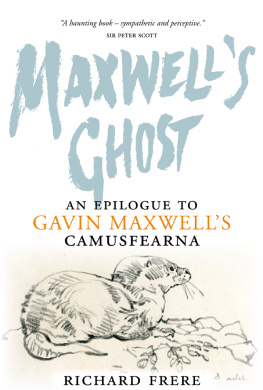
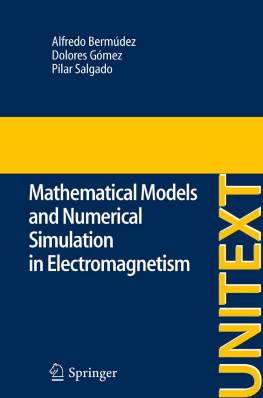

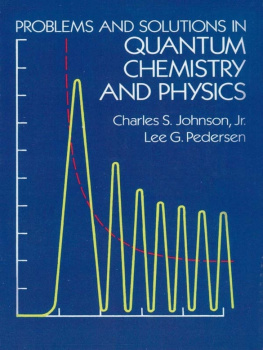
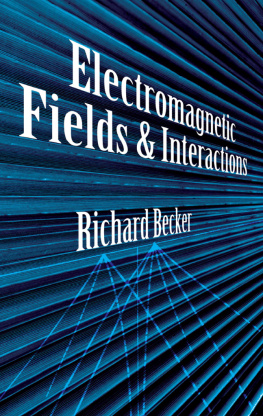

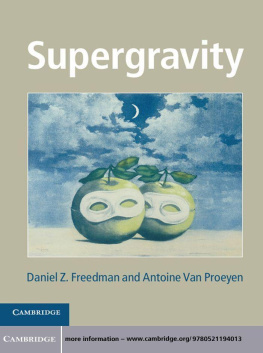
 and from the well-known differential calculus on this space. However, since electromagnetic fields, in general, also depend on time, and hence are defined on space-time
and from the well-known differential calculus on this space. However, since electromagnetic fields, in general, also depend on time, and hence are defined on space-time  , this calculus must be generalized to more than three dimensions. The necessary generalization becomes particularly transparent and simple if one makes use of exterior calculus.
, this calculus must be generalized to more than three dimensions. The necessary generalization becomes particularly transparent and simple if one makes use of exterior calculus. , before embarking on more general situations, and illustrate matters by a few examples that will be useful for the sequel.
, before embarking on more general situations, and illustrate matters by a few examples that will be useful for the sequel. of dimension n . In cases of static or stationary processes the adequate framework is provided by the ordinary space
of dimension n . In cases of static or stationary processes the adequate framework is provided by the ordinary space  , in all other cases by four-dimensional spacetime with one time and three space components,
, in all other cases by four-dimensional spacetime with one time and three space components,  or, more precisely,
or, more precisely,  . These spaces are special cases of smooth manifolds. They are endowed with various geometric objects and with a natural differential calculus which allows to set up relations between the former and thus to formulate physical equations of motion. For example, if
. These spaces are special cases of smooth manifolds. They are endowed with various geometric objects and with a natural differential calculus which allows to set up relations between the former and thus to formulate physical equations of motion. For example, if  is a smooth function on
is a smooth function on  one defines a gradient field by
one defines a gradient field by 

 is the familiar differential operator
is the familiar differential operator 
 ,
,  . The potential created by these masses at the position of the probe is
. The potential created by these masses at the position of the probe is 
 . The force field that follows from this potential is
. The force field that follows from this potential is 
 ,
,  .
. ,
,  , is a basis,
, is a basis,  a vector field, its divergence is defined by
a vector field, its divergence is defined by 
 . In particular, if
. In particular, if 